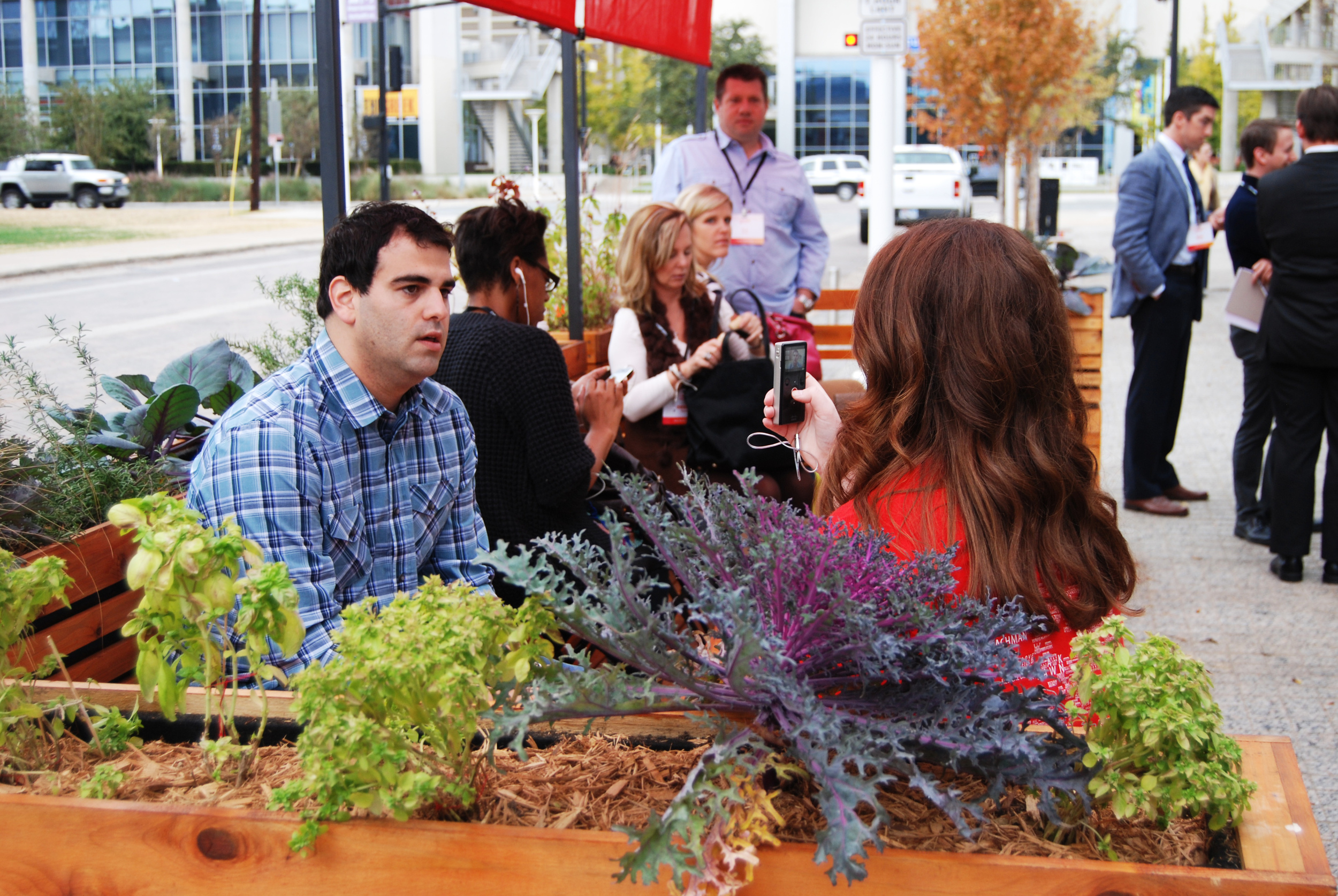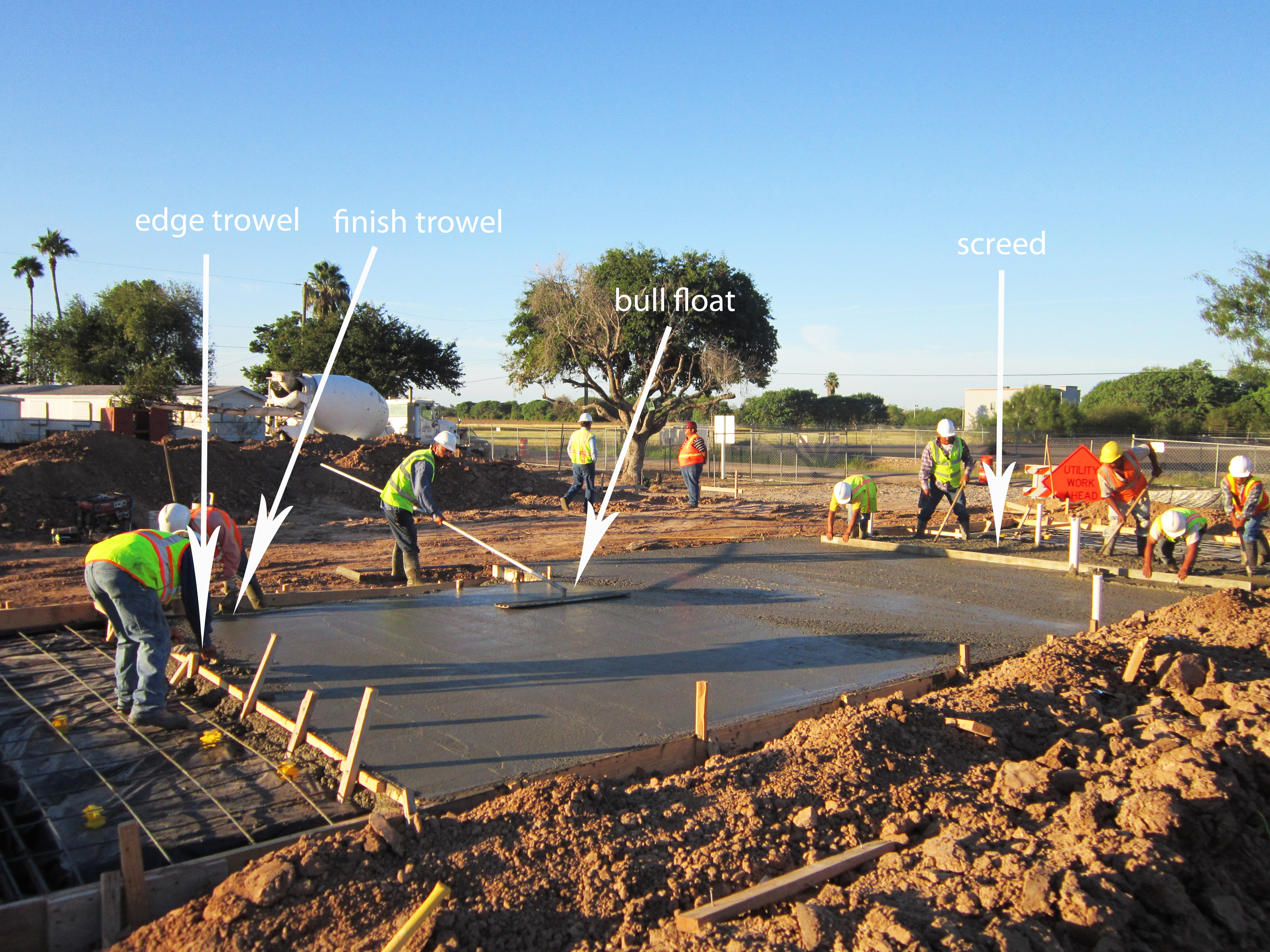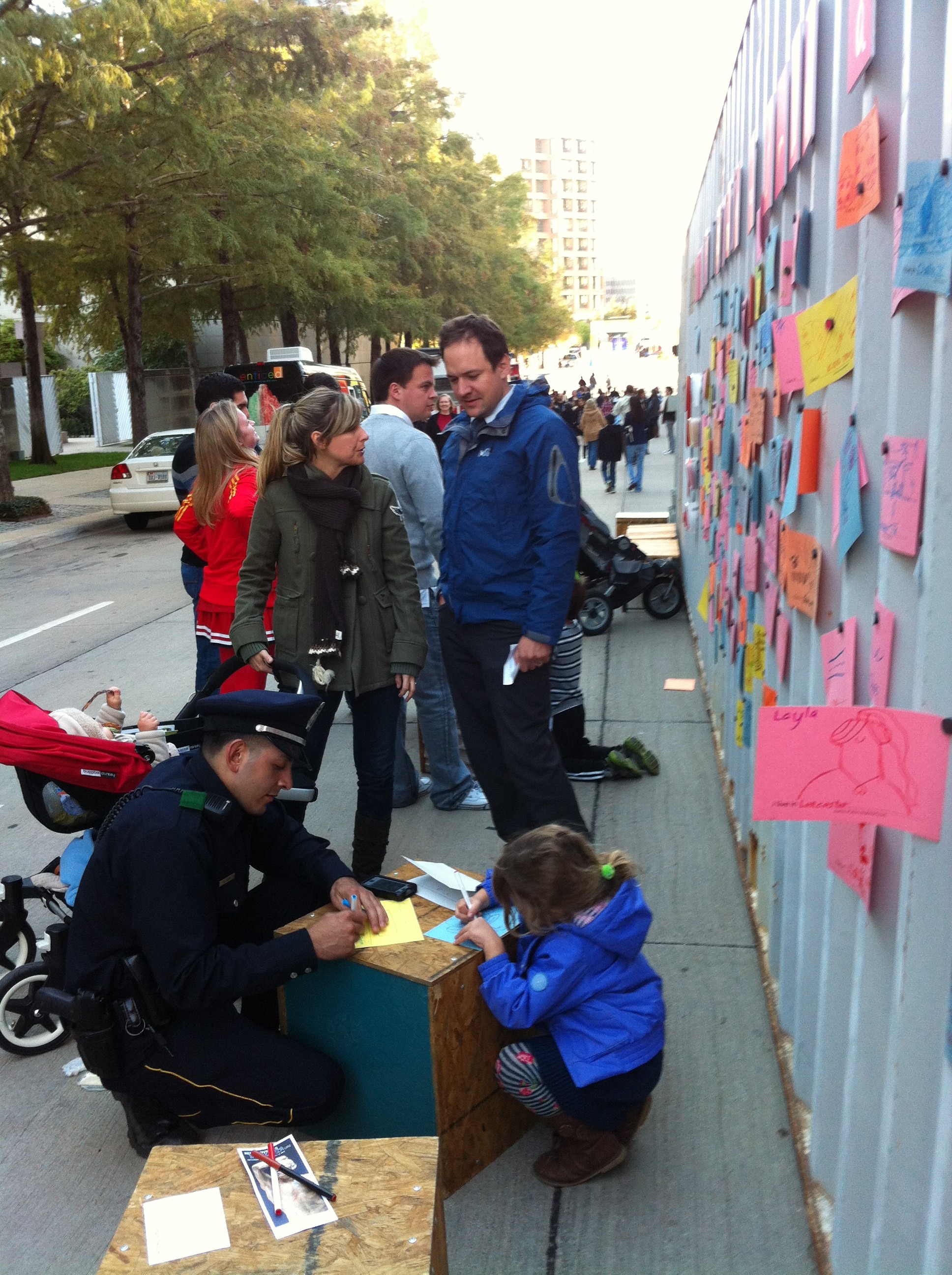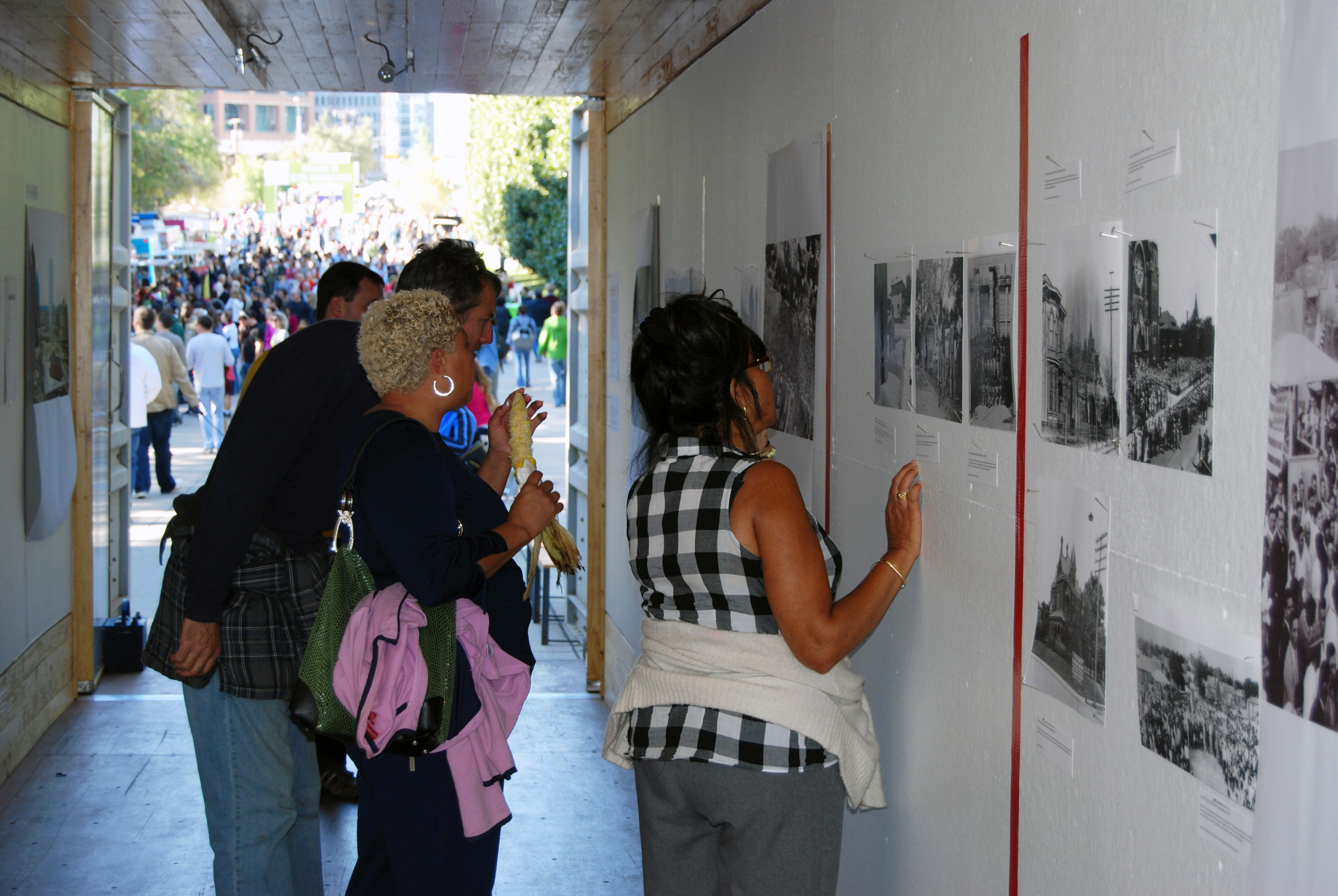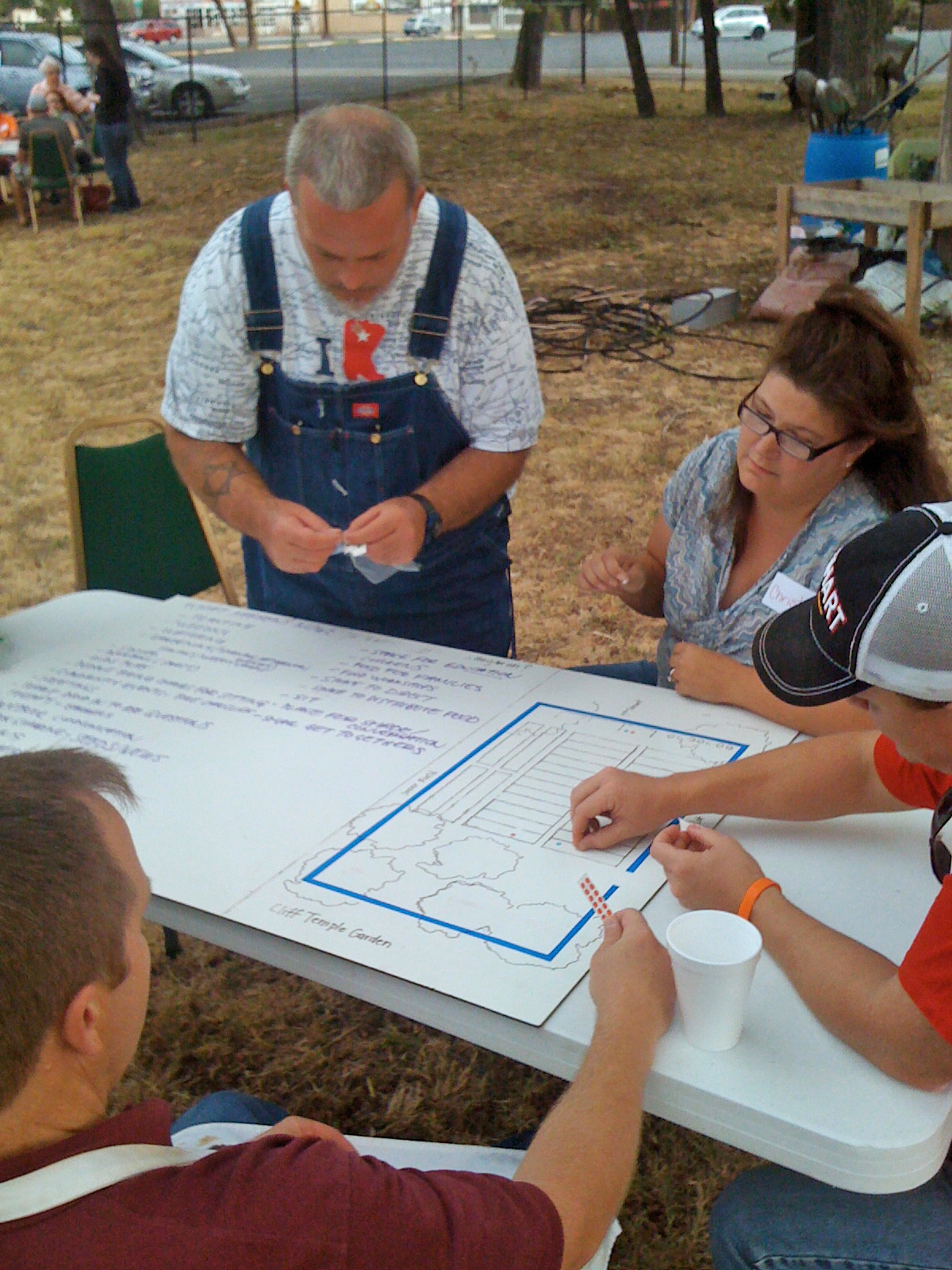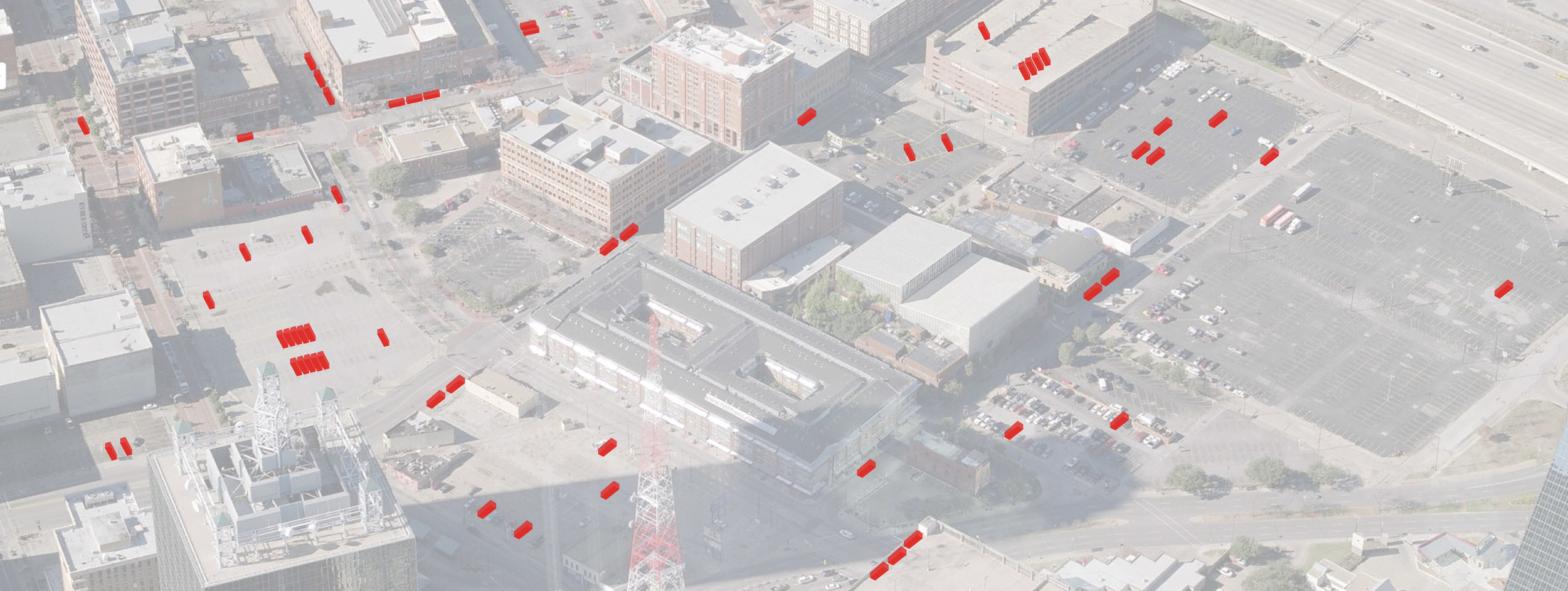Michael J. Sorrell, 34th President of Paul Quinn College, was recently named to the buildingcommunityWORKSHOP Board of Directors. President Sorrell joins Stephanie Hunt, co-founder of the Hunt Institute for Engineering & Humanity at SMU, Betsy del Monte, FAIA, local sustainability proponent, John Greenan of Central Dallas CDC, and Brent Brown, AIA, Founding Director of the bcWORKSHOP.
Michael J. Sorrell is the 34th President of Paul Quinn College and the reigning “HBCU Male President of the Year”. Under his leadership, Paul Quinn is experiencing one of the greatest turnarounds in the history of higher education. Among the college’s numerous accomplishments during President Sorrell’s tenure are: winning the “2011 HBCU of the Year” and the “2012 HBCU Student Government Association of the Year” titles; the demolition of 15 abandoned campus buildings; partnering with PepsiCo to transform the football field into the two acre “WE over Me Farm”; and achieving full accreditation with the Transnational Association of Christian Colleges and Schools (TRACS).
Michael received his J.D. and M.A. in Public Policy from Duke University. While in law school, he was one of the founding members of the Journal of Gender Law & Policy and served as the Vice President of the Duke Bar Association. Michael was a recipient of the Sloan Foundation Graduate Fellowship, which funded his studies at both Harvard University’s Kennedy School of Government (as a graduate fellow) and Duke University. He graduated from Oberlin College with a B.A. in Government, served as Secretary-Treasurer of his senior class, was a two-time captain of the men’s varsity basketball team, and the school’s fifth all-time leading scorer.
Michael currently serves on the boards of Amegy Bank, Teach For America, the North Texas Public Broadcasting Company, Inc. and KIPP Truth Academy. He also has been recognized as one of the rising leaders in America by the Root Online Magazine through their “Root 100” and the Dallas Observer labeled him as one of Dallas’ “30 Most Interesting People”. Among his other recognitions are: the Excellence in Education Distinguished Alumni Award from St. Ignatius College Prep in Chicago, Illinois; the A. Kenneth Pye Award for Educational Excellence from Duke University’s School of Law; and the TRACS Leadership Award. He is a past recipient of the Dallas Urban League’s Torch for Community Leadership and both the President’s and C.B. Bunkley Awards from J.L. Turner Legal Association for his contributions to the Dallas legal community. President Sorrell is married to the former Natalie Jenkins and they have one son, two-year old Michael Augustus.
"We are very pleased that Michael has chosen to direct his considerable skills and leadership capacity towards advancing our mission of improving the livability and viability of communities," states WORKSHOP Director Brent Brown.
![[bc]](http://images.squarespace-cdn.com/content/v1/5248ebd5e4b0240948a6ceff/1412268209242-TTW0GOFNZPDW9PV7QFXD/bcW_square+big.jpg?format=1000w)



















































